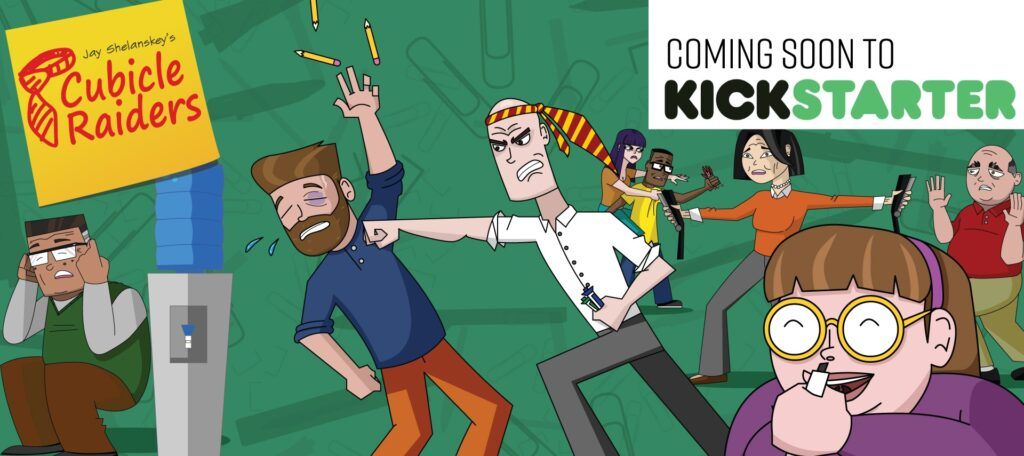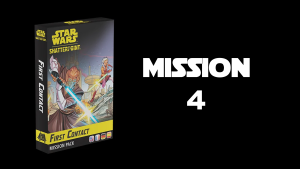Hi, my name is Jay Shelanskey and I am a Kickstarter failure. <Crowd> Hi Jay…
I had it all… a game idea, artwork, playtests and a marketing plan. How could I fail?
Well, I think my first real failure was right in the beginning. I thought (with my background in marketing) that I could treat this like any other product: find my audience, build my marketing content, have an outreach plan, advertise and go to “trade shows”. The real problem with this is saturation.

I was entering an already saturated market. Even though this was a year ago now, there was just so many games out there already and there were so many people (like me and maybe you) that were trying to use Kickstarter to transform their dreams into reality. From a gamers perspective this is awesome, the more games the better right? Yes and no. Let’s look at this from a supply and demand perspective, to the right is a Supply/Demand chart I put together to try and explain this. On the y-axis you have quality which I define as: easy to get in to + high level design elements + re-playability. On the x-axis you have the overall quantity of games in the market. As the demand started to increase for board games with gaming becoming a larger part of our society, not just for the diehard gamers but now for the everyman, the supply quantity began to increase as well. Supply in this case is not only the number of games a few high-level creators make but with the advent of Kickstarter and crowd sourcing there is also an increase in creators as well.
Here is where the issue comes in, as the demand increased, and the market grew to accommodate, competition created a consumer base that now craves quality vs quantity. So, before we just wanted more games to play, now we want good games to play. How does this effect the Kickstarter campaigns? Consumers want more “bang for their buck” and they want a solid track record. Sometimes these can be mutually exclusive, where as a trusted brand has a new game coming out and even though it may not look as great as the previous ones, the community has a belief that the quality will be there. Or, on the opposite side, a new brand has a game that the quality is so high that consumers feel they can take the risk to get into it (see any high-end Kickstarter miniatures game).
So where did I go wrong? I ignored the solid track record and thought quality and theme alone would keep me a float. I spent a lot of time on game mechanics, design, artwork, manufacturing and deliverables but not enough time building trust. I believed (wrongly at the time) that I could overcome the lack of community behind me with the shear “brilliance” of my game.
Here are a few of the things I did wrong:
- I sent the game out for a few reviews, more as a
testament to my game being good. I didn’t realize that the reviews weren’t to
add credibility to the game but were there to help build a community through
trusted sources.
- Lesson: I should have sent more games out to the reviewers. Also, make sure you pick the right reviewers for your game as well not just a list of reviewers, I had some great reviewers, but I got lucky.
- I went to a convention after I started the
Kickstarter. I thought it would be a good idea to play test while I was
kickstarting… being all “Hey you like this game, it’s on Kickstarter!” This was
a terrible idea because people don’t Kickstart at GenCon they look/play/buy at
GenCon.
- Lesson: I should have gone to several cons with the game and built a following. I should have collected emails and met people and engaged in the convention community way before I started the Kickstarter.
- I didn’t build an online community. I was in
such a rush to get this on Kickstarter that I didn’t spend the time to build up
my brand.
- Lesson: I should have spent time on the BGG and reddit pages talking, discussing and meeting people. This is community outreach at it’s core and I failed miserably.
- I thought Kickstarter would get me there. I
thought just having it on KS would make me. I was wrong.
- Lesson: I should have expected that Kickstarter would only account for a small portion of my traffic and backers. To tie in with the above lessons I should have built my following, then started to Kickstarter.
This is just some of the things I did wrong in my pursuit in becoming a game publisher. I think the lesson here is that the community is there, you just need to engage with them, get them excited about you as a publisher and then about your game. My hope is that you read this can side-step the mistakes I made and deliver your dream game to the world.
Next Week – Kickstarters Anonymous Part 2 – When designing in an echo chamber you only hear yourself.
Here are the links to the campaign and my Board Game Geek Profile for you to see:






6 Responses
These are all great lessons to learn but ultimately your game just blows basically. No amount of Tuesday-morning quarterbacking can fix a shitty game.
Ouch!
Thanks for taking the time to read the article. You may be right and I will be assessing that over the series of these articles.
Hey Octavian to make sure you’re not just trolling tell us the name of game and 1-2 reasons why it “blows”
Maybe you also overestimated your ability to design and artwork?
e.g. look at the names: Pete, Janet, Mark, Emily, Armin, Lisa, Jonathan, Jack. Your game needs an editor.
Yes this may be the case and over the next few articles I will be criticizing each mistake I made in all of these areas. Thanks for taking the time to read the article!